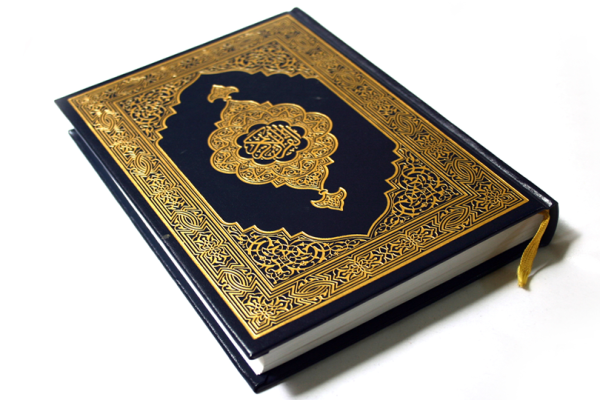
The Nature of Creation: Exploring Quantum Physics and Quranic Insights
The Quran, with its profound insights into the nature of creation, reveals fascinating parallels with modern quantum physics and cosmology. This article explores Quranic verses that resonate with scientific principles, from the Big Bang and the expanding universe to the fine-tuning of the cosmos and the role of light and energy. By examining these connections, we uncover a remarkable convergence between ancient wisdom and contemporary science, enriching our understanding of the universe and the divine knowledge that underpins its existence.















